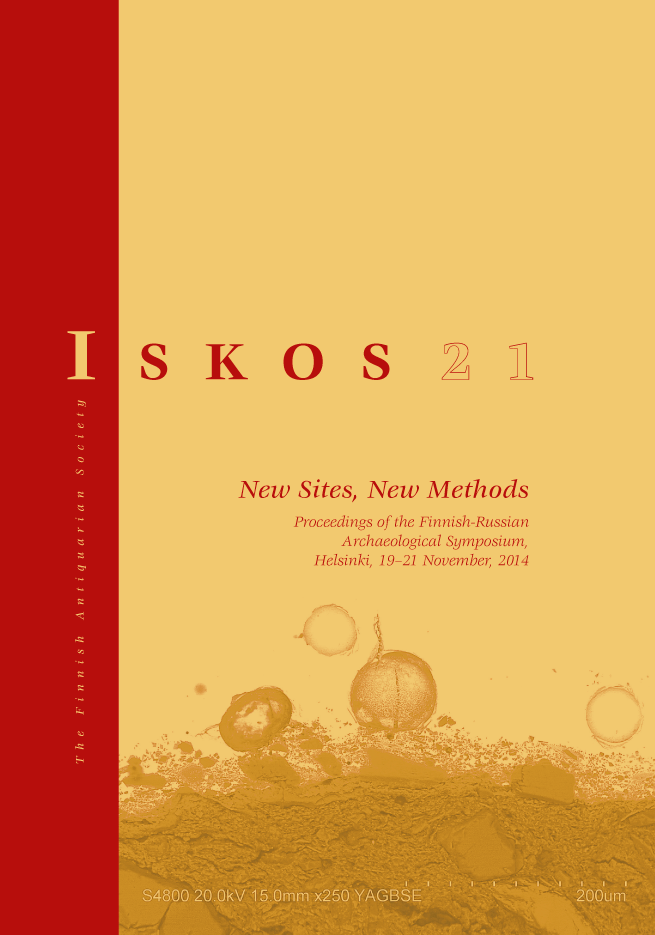New Evidence of the Fishing Economy of Stone Age Waterlogged Sites in Central and North-Western Russia: The Example of Zamostje 2
Abstract
Investigations of Stone Age waterlogged sites in eastern Europe pose a great scientific interest due to the excellent preservation of organic materials. Excavations of settlements like Sārnate, Zvidze (Latvia), Šventoji (Lithuania), Purkajasuo (Finland), and Okhta 1 (Russia) are among the best examples of such research. New investigations in 2010–2013 at the peat-bog site of Zamostje 2 (Sergiev Posad district, Moscow region, Russia) were of special interest thanks to the discovery of a specific fishery zone dated to the Late Mesolithic–Early Neolithic periods. Several constructions made of wood were found in this particular part of the settlement: among them two fish traps made of wooden splinters and bound by common reed tapes, mobile fish screens, and 150 wooden piles. These finds, along with wooden, bone, antler, and pine bark artefacts (fish hooks, harpoons, floats, fishnet knots, paddles, etc.) allow us to state that fishery was a basic economic activity at this site. This statement is further supported by a large number of finds, including fish bones and fish scales, found in relevant cultural layers. Similar fishing constructions have been found recently at other sites in European Russia, too. In this article, we present main elements of the fishing economy at Zamostje 2 and some newly-found materials from other sites in central and north-western Russia. We also propose a typology for wooden fishing structures and outline some patterns of fishing strategies for this territory in the Mesolithic and Neolithic periods.




